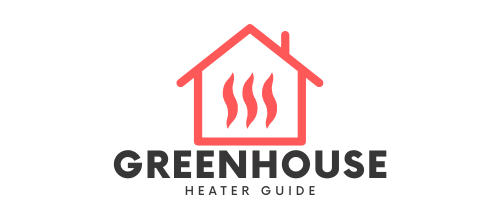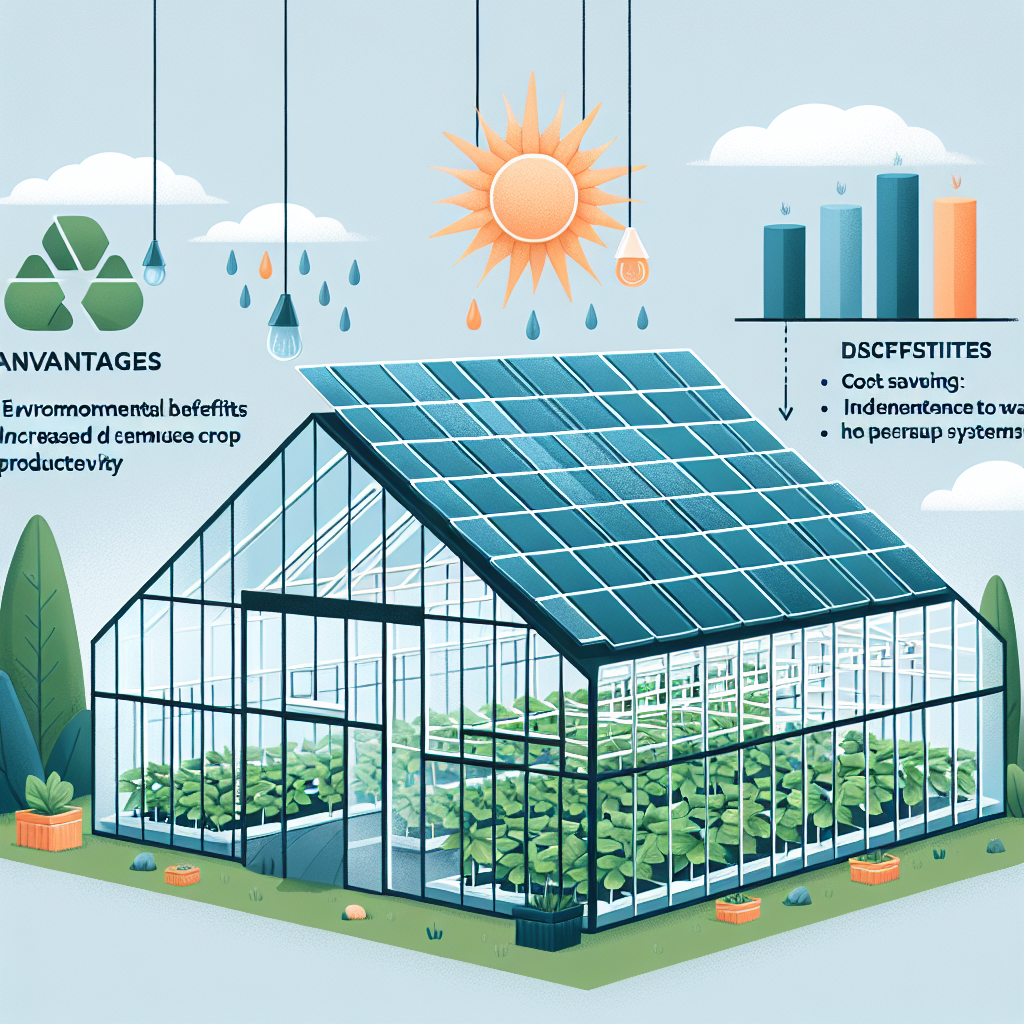Imagine having a greenhouse that can maintain the perfect temperature for your plants, all while reducing your carbon footprint. Solar-powered greenhouse heaters offer a promising solution to achieving both optimal plant growth and sustainable energy usage. But before you embark on the solar-powered greenhouse heater journey, it is essential to understand the advantages and disadvantages they bring. Join us as we explore the pros and cons of these innovative heaters, enabling you to make an informed decision for your greenhouse.
Advantages of solar-powered greenhouse heaters
Renewable and clean energy source
Solar-powered greenhouse heaters offer a renewable and clean energy source for heating greenhouses. By harnessing energy from the sun, these heaters reduce the reliance on traditional fossil fuels, which are limited and contribute to carbon emissions. Solar power is abundant and readily available, making it a sustainable solution for greenhouse heating.
Cost-effective in the long run
While the initial cost of installing solar-powered greenhouse heaters may be high, they prove to be cost-effective in the long run. By utilizing free solar energy, these heaters significantly reduce energy bills, providing substantial savings over time. Moreover, solar panels have a long lifespan, typically lasting for 25 years or more, further increasing the cost-efficiency of this heating system. Additionally, solar-powered heaters have minimal maintenance and operational costs, reducing the financial burden in the long term.

Reduced carbon footprint
Solar-powered greenhouse heaters help to reduce the carbon footprint typically associated with traditional heating methods. By utilizing clean solar energy, these heaters generate minimal greenhouse gas emissions. This reduction in emissions contributes to sustainability goals, promoting a greener and healthier environment. By choosing solar-powered heating, greenhouse owners can actively participate in the fight against climate change and make a positive environmental impact.
Reliable and low-maintenance
One of the key advantages of solar-powered greenhouse heaters is their reliability and low-maintenance nature. Once installed, these systems provide a steady and continuous power supply, ensuring consistent heating for the greenhouse. Solar-powered heaters have minimal maintenance requirements, eliminating the need for regular check-ups and servicing. The longevity and durability of solar-powered systems also make them a reliable heating solution, reducing the risk of unexpected breakdowns or malfunctions.

Enhanced temperature control
Solar-powered greenhouse heaters offer enhanced temperature control, which is essential for optimal plant growth and development. With precise and customizable heating control, greenhouse owners can create the ideal environment for their plants. By maintaining the desired temperature, solar-powered heaters ensure improved plant health and productivity. Additionally, these heaters reduce the risk of frost damage, providing a protective and nurturing environment for delicate plants.
Disadvantages of solar-powered greenhouse heaters
Initial high installation cost
One of the primary drawbacks of solar-powered greenhouse heaters is the initial high installation cost. The cost of purchasing and installing solar panels and associated equipment can be expensive, making it a significant investment upfront. However, it is important to remember that while the initial cost may be high, the long-term savings in energy bills can offset this expense.
Dependent on sunlight availability
Solar-powered greenhouse heaters are dependent on the availability of sunlight, which can be a disadvantage in certain situations. Cloudy or rainy days can significantly impact the efficiency of these heaters, as they rely on direct sunlight to generate power. In regions with limited sunlight exposure, the heating effectiveness of solar-powered systems may be compromised. It is important to consider the local climate and sunlight availability before choosing this heating solution.
Limited effectiveness in colder climates
Solar-powered greenhouse heaters may have limited effectiveness in colder climates, where sunlight exposure and ambient temperatures are lower. In such regions, the heating capacity of solar-powered systems may not be sufficient to meet the greenhouse’s heating requirements. Additional heating methods or backup systems may be necessary to supplement solar power in colder climates.
Requires space for solar panels
Solar-powered greenhouse heaters require a significant amount of space to accommodate the installation of solar panels. Greenhouse owners must have adequate roof or ground space to mount the panels and capture sunlight effectively. This space requirement can be a disadvantage for greenhouse owners with limited space availability or those who want to maximize the area for plant cultivation.
Potential system inefficiencies
Solar-powered greenhouse heaters may have potential system inefficiencies that can impact their overall performance. Weather-related limitations, such as reduced sunlight exposure during winter months or periods of inclement weather, can decrease the heating efficiency of these systems. Additionally, the complexity in system design and maintenance can lead to potential inefficiencies or errors. There is also a risk of component failure, which may require repairs or replacement parts.
In conclusion, solar-powered greenhouse heaters offer numerous advantages, such as being a renewable and clean energy source, cost-effectiveness in the long run, reduced carbon footprint, reliability, and low maintenance, and enhanced temperature control. However, they also come with disadvantages, including the initial high installation cost, dependence on sunlight availability, limited effectiveness in colder climates, space requirements, and potential system inefficiencies. Before deciding to install solar-powered greenhouse heaters, it is crucial to consider these factors and assess their suitability for the specific greenhouse and geographical location. By weighing the pros and cons, greenhouse owners can make an informed decision about incorporating solar power into their heating systems, ultimately contributing to a greener and more sustainable future.

